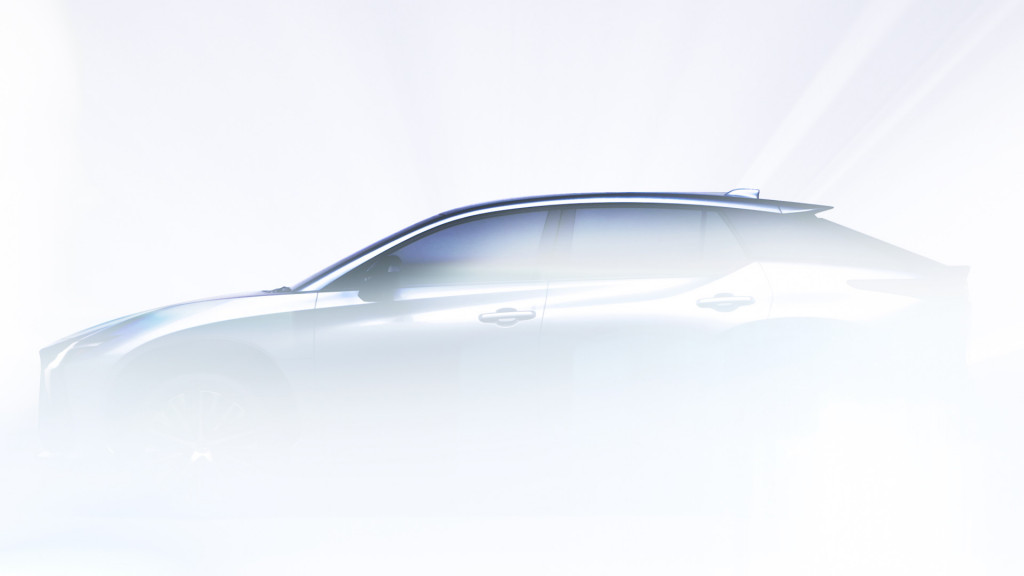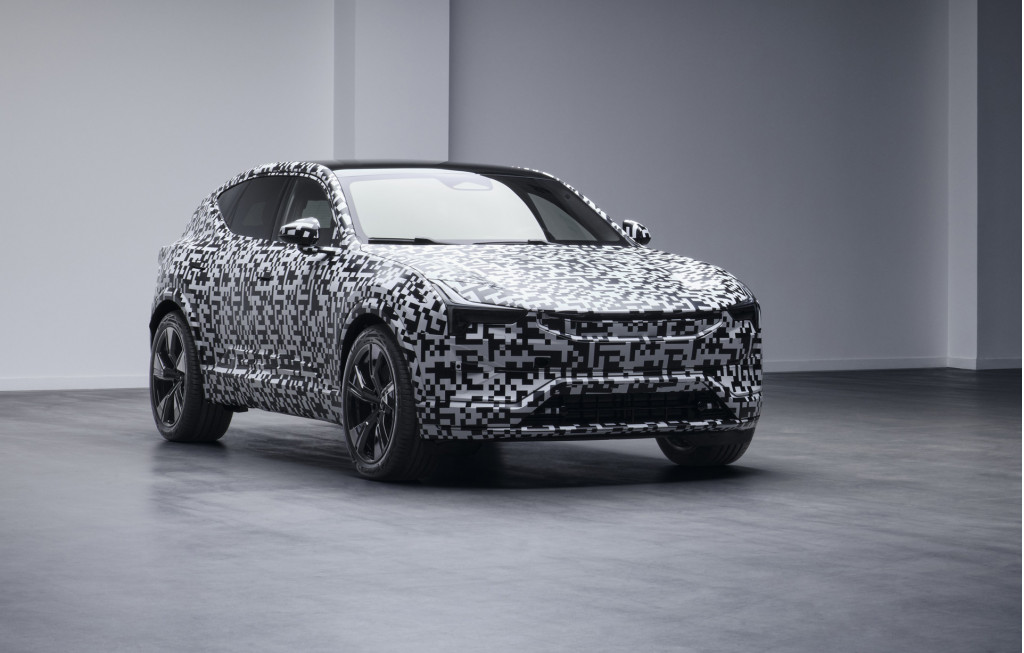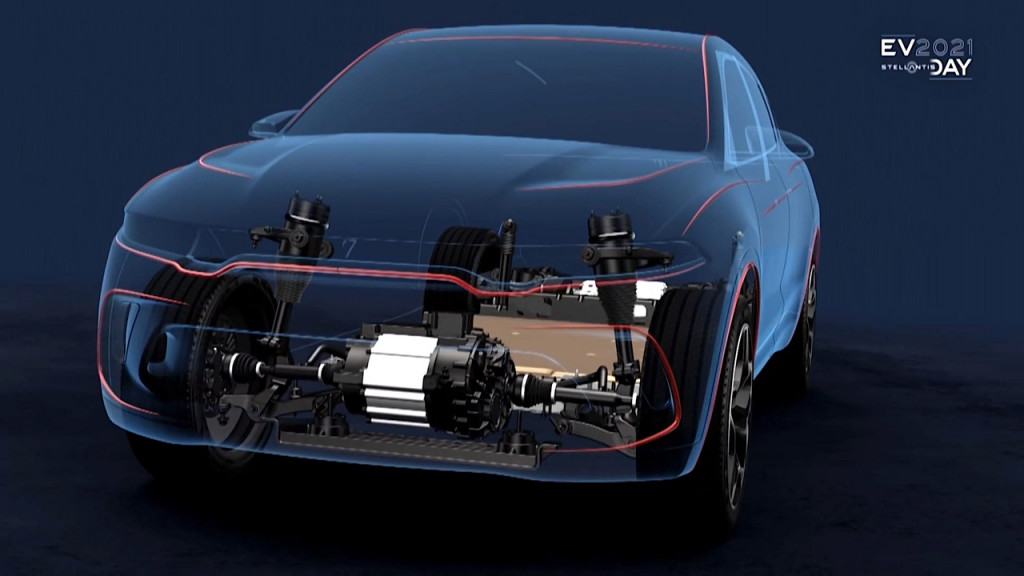Rising battery costs, Nissan EV “ambition,” future Toyota EVs and Prime PHEVs: The Week in Reverse
Which petroleum giant partnered for battery swapping?
Which automakers turned the focus to hydrogen internal combustion?
This is our look back at the Week In Reverse—right here at Green Car Reports—for the week ending December 3, 2021.
By far, our biggest set of stories of the week stemmed from some recent up-close time with Toyota’s U.S. executives—and questions about how it plans to phase in its electric vehicles through the decade. The short of it: Don’t expect Tesla range numbers—or prices—as Toyota plans to make an affordability play with EVs, likely saving its longest-range EVs for Lexus, its luxury brand. Lexus gave a first glimpse of the RZ electric crossover SUV, due to be badged the RZ 450e in the U.S. and arriving later in 2022. Although specs haven’t yet been revealed, we point to the company’s recent distinction that Lexus EVs will offer more performance and range while Toyota EVs will focus on affordability.

Teaser for Lexus RZ debuting in 2022
And then in a second installment of our check-in on Toyota’s electrification plans, we looked at whether future Prime plug-in hybrids, like the Highlander Prime that’s rumored to be next, will offer even more range and performance than the RAV4 Prime.
Nissan has an overarching plan for more EVs once again. On Monday it revealed its Ambition 2030 plan, calling for 23 electrified models and 15 all-electric models by that year, including those from both the Nissan and Infiniti brands. There wasn’t any update on which products might arrive sooner, after the Ariya, however. But it included plans to make solid-state batteries ready by 2028, and the reveal of several concept cars that look at the very early stages. It also gave a look at the future for electric performance cars with its Ariya Single Seater concept, which harnesses the Ariya’s propulsion system plus plenty of Formula E influences. Will Nissan really build an electric performance car, or will this one be filed away with a decade of inspiring designs it’s decided not to build?

Teaser for Polestar 3 debuting in 2022
Polestar provided a first look at a lightly camouflaged Polestar 3 electric SUV, due to be U.S.-made and arriving in 2022. It also teased the profiles of the Polestar 4 crossover coupe and the Polestar 5 flagship that will be based on the Precept concept.
Last week, Kia provided a first look at a redesigned, second-generation Niro, which will again be offered in hybrid, plug-in hybrid, and fully electric versions. Kia hasn’t yet revealed how these models’ specs have changed, but expect it in the U.S. for the 2023 model year.

Mercedes-Benz Project Maybach concept
Mercedes-Benz provided an offbeat mashup—Bond meets Mad Max, perhaps—in its Project Maybach off-road coupe concept, which features rugged cues, a classic long-hood roadster profile, and a plush interior. Meanwhile, from a much more serious part of the company comes Mercedes’ Vision EQXX concept, due to debut on January 3 and be the company’s most efficient EV yet, including a battery pack that makes a 20% leap in energy density.
Hyundai recently revealed a coordinated home-energy ecosystem called Hyundai Home and bundling solar, charging, and energy storage. Look for a U.S. debut during 2022—and it sounds like a good fit alongside the Ioniq 5.

Hyundai Home
Nio and Shell have partnered for both battery swapping and charging stations, in Europe and China. Shell’s European charging network will become available for drivers of the Chinese automaker’s EVs, which have already arrived in Norway and are being launched soon for the rest of the Continent.
A group of Japanese vehicle makers, including Subaru, Mazda, Toyota, Kawasaki, and Yamaha, has partnered to expand the use of hydrogen internal combustion engines in two- and four-wheel vehicles.

Dodge EV muscle car and platform – 2021 Stellantis EV Day
One worrisome trend we need to watch is part of all the supply-chain and raw-materials upheaval. Advances in EV affordability have partly depended on battery costs continuing to drop. While they did drop to a new annual low in 2021, they’re on track to rise in 2022—potentially delaying the $100/kwh (pack basis) milestone that’s been seen as a threshold for EV affordability vs. gasoline vehicles. And the CEO of Stellantis, which includes Jeep, Ram, and Dodge, among many other brands, now has big plans for electric vehicles but warned it’s going to be expensive. He claims the higher cost for EVs is “beyond the limits” for what the industry can sustain, and it can’t be entirely passed along to consumers.
Meanwhile, for some good news: A poll commissioned by the nonprofit group Coltura found that a majority of U.S. voters support EV sales mandates for 2030 in their respective states. Support was stronger among Black and Hispanic, it found, with a “generational urgency” behind it showing that younger Americans are more in support of EVs.
_______________________________________

